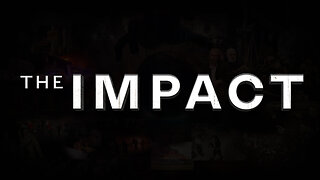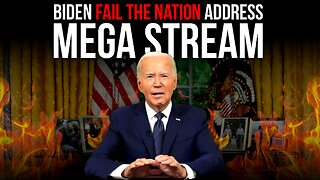The PhD Standard
As was the case with the original creation of the Federal Reserve, cutting the final connection to gold had little impact on the day-to-day life of the average American. The dollar did not change; the inflation that began to impact Americans in the mid-1960s continued.
It was foreign governments that were the most affected, as the collapse of the Bretton Woods system created a new era of uncertainty. The result was a new monetary system, with the American dollar—unbacked by gold—replacing gold as the global reserve currency.
Without hard money to back their currency, governments had to identify how to instill confidence in it. Some failed to do so, falling into the same mistake of relying on money printing to justify government spending. For example, Zimbabwe ended up printing 100-trillion-dollar bills as the result of the hyperinflation that resulted from reckless government policies.
Many smaller countries tied their currency to the dollar—which meant their monetary policy was dictated by the Federal Reserve. Europe—except for the United Kingdom—created a continental currency—the euro—and central bank, with the idea that no one country's government would be in a position to abuse the printing press. Other global governing institutions—like the World Bank and the International Monetary Fund—were also created to assist developing countries in this global economy.
Ultimately, the international monetary system transformed from one backed by hard currency to one based on the whims of university-trained experts.
Of course, powerful bankers and government officials have always been the catalysts for the inflationary policies that have created the great economic crises of the past.
Governments are always the primary benefactors of inflationary monetary policy, and inflation is always an easier means of financing government spending than direct taxation. As long as money is controlled by the state, the incentive will be for central banks to expand the money supply at the expense of the rest of the population.
The result has been economic crises becoming larger and more global. The booms and busts of business cycles are created by the expansion of money and credit unbacked by real wealth. Without any tie to gold, governments, central banks, and large financial institutions have created more money and credit than ever before. From stagflation in the seventies to the financial crisis of 2008, central bank policy continues to sow the seeds of economic crises with increasing severity.
Another consequence of this has been normalizing consistent inflation. From 1792 to 1932, an ounce of gold consistently cost roughly $20. Between FDR's closing the gold window in the US and Nixon's doing so internationally, the price rose from $32 to $45. In 2021, an ounce of gold cost more than $1,800 dollars.
In our next video, we will look at the impact of this inflation.
________________________________________
This series was inspired by Murray Rothbard's classic introduction, What Has Government Done to Our Money?—available for free in PDF, ePub, HTML, and Audiobook at https://Mises.org/WHGD
To learn more about the operations of the Federal Reserve, check out Bob Murphy's book, Understanding Money Mechanics, available for free in PDF, ePub, and HTML at https://Mises.org/BobMoney
For more animated content, check out Economics for Beginners at https://BeginEconomics.org.
-
 50:28
50:28
Mises Institute
7 months ago $0.08 earnedTexit, Gold, and Ideas for States in 2024
8622 -
 1:19:29
1:19:29
Andy Frisella
22 hours agoWas this Incompetence or Intentional? - Ep 748 CTI
8.85K17 -
 6:39
6:39
Dr. Nick Zyrowski
5 days agoHow To Tighten Loose Skin On Stomach - Fix Your Sagging Skin
6.28K4 -
 5:00
5:00
MYLUNCHBREAK CHANNEL PAGE
22 hours agoWhat is Under Chicago?
15.7K21 -
![R.I.P. Cartoon Network with Fresher Luke [Podcast Episode #18]](https://hugh.cdn.rumble.cloud/s/s8/1/7/Z/r/2/7Zr2s.0kob-small-R.I.P.-Cartoon-Network-with.jpg) 1:03:58
1:03:58
Clownfish TV
21 hours agoR.I.P. Cartoon Network with Fresher Luke [Podcast Episode #18]
9.99K6 -
 10:26
10:26
GameLeap RAID Shadow Legends
18 hours agoThe ULTIMATE ENERGY GUIDE (2024) BEST Tips and Tricks - Raid: Shadow Legends
10.9K2 -
 11:20
11:20
Hannah Barron
17 hours agoLife with Hannah! More Than Social Media!
10.4K18 -
 8:24:29
8:24:29
Act Files
9 days agoThe IMPACT | Groundbreaking Documentary
21.5K25 -
 7:50
7:50
Brad Polumbo
16 hours agoCNN hits new level of (woke) insanity!
10.8K18 -
 2:44:29
2:44:29
Steven Crowder
16 hours agoBiden’s Fail the Nation Address
546K864